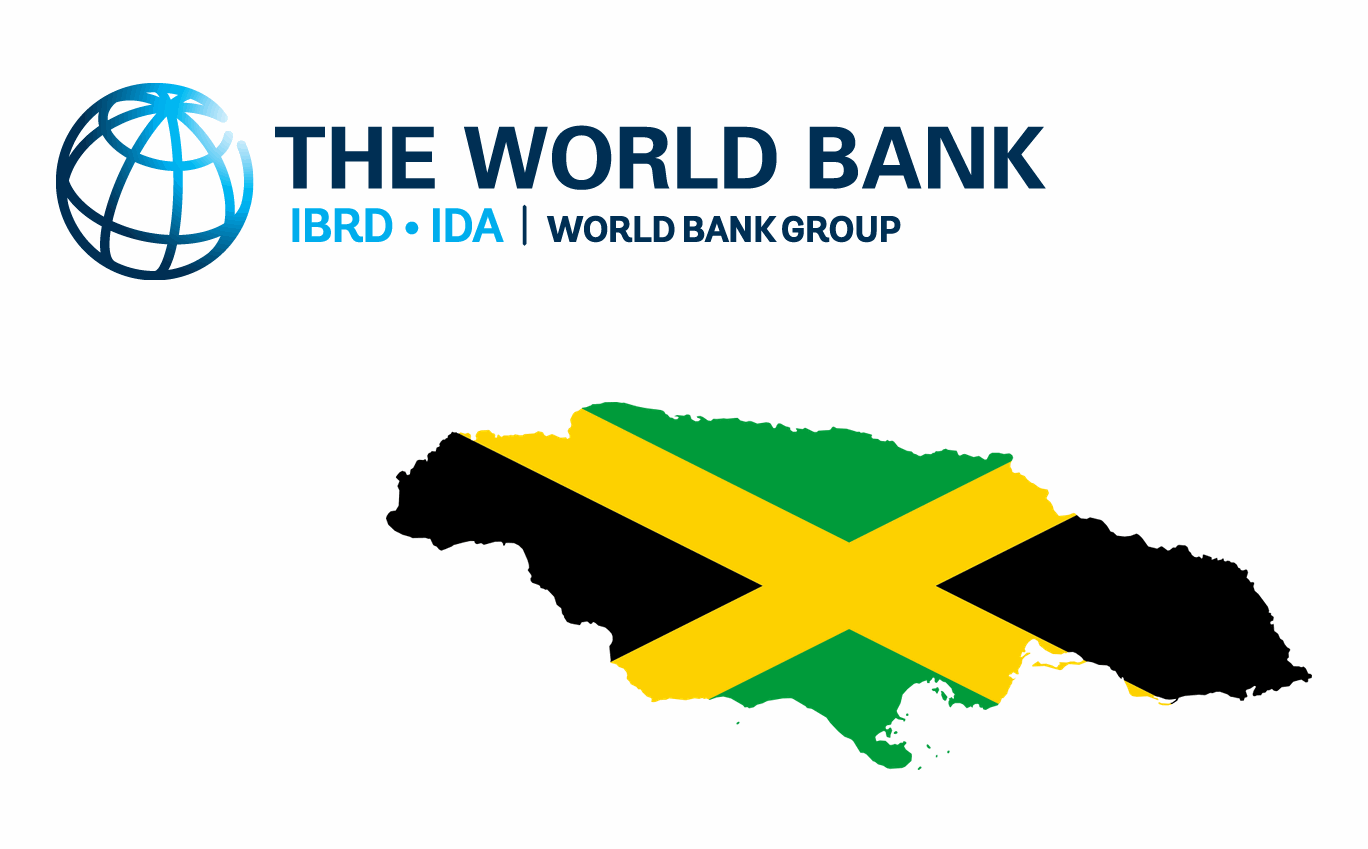World
Jamaica using own funds to pay risk margin on World Bank catastrophe bond renewal – Artemis.bm

When Jamaica first ventured into the catastrophe bond market it was with the support of donor funding that paid the premiums for the 2021 issuance, but with its successful renewal issuance of the cat bond settled this week, it transpires that Jamaica has this time paid for the protection out of its own funds.
Jamaica had previously secured $185 million of hurricane insurance protection on a parametric trigger basis back in July 2021.
Financial support to get that first Jamaica cat bond to market came from the United States government through the US Agency for International Development (USAID), the World Bank’s Disaster Protection Program with funding by the United Kingdom, and also the Global Risk Financing Facility (GRiF) supported by Germany and the United Kingdom.
The cost for that first cat bond for Jamaica is said to have been roughly $16.5 million and while the funding came from foreign donors, as we reported before Jamaica was keen to budget for its renewal itself.
The country’s Minister of Finance Dr. Nigel Clarke had previously explained that Jamaica would look to pay the renewal itself, with a paying down of the countries debt seen as a prerequisite for that.
With the help of new tax laws and increased budget revenues, it’s been reported that Jamaica has roughly halved its debt over the last decade.
In 2021, when its first catastrophe bond was issued, Jamaica’s debt to GDP ratio was said to be around 95%, but by 2024 this is reported to have fallen to below 70%.
That has helped by providing room in Jamaica’s budget for it to pay for the $150 million IBRD CAR Jamaica 2024 cat bond out of its own funds.
Fitch Ratings said in a note on Jamaica’s cat bond renewal, “Jamaica will be responsible for annual payments of USD10.5 million, equivalent to a 1.0% increase in interest costs or a 0.2% increase in total expenditures.”
Jamaica is responsible for the 7% risk margin payments, while the World Bank will pay the small 0.19% funding margin and SOFR costs, the rating agency also explained.
Fitch also noted that the risk margin for the cat bond renewal was higher than the matured issue, saying, “The higher cost of funding reflects both higher interest rates and the market’s assessment of increased hurricane risk.”
It’s testament to the success of the World Bank’s project to issue a catastrophe bond for Jamaica, as well as to the financial management of the country now being on a steady improvement path.
There was financial support, we believe, as we had reported the notes from Jamaica’s second catastrophe bond will be listed in Hong Kong and presumably the country has therefore been able to offset some of the service provider costs using the Hong Kong ILS Grant Scheme.
But the premiums themselves are being paid for by Jamaica itself, providing an important example to other countries that might look to the catastrophe bond market as a source of disaster insurance protection.
Also read: Jamaica pleased with second World Bank cat bond, Hong Kong support: Minister of Finance









